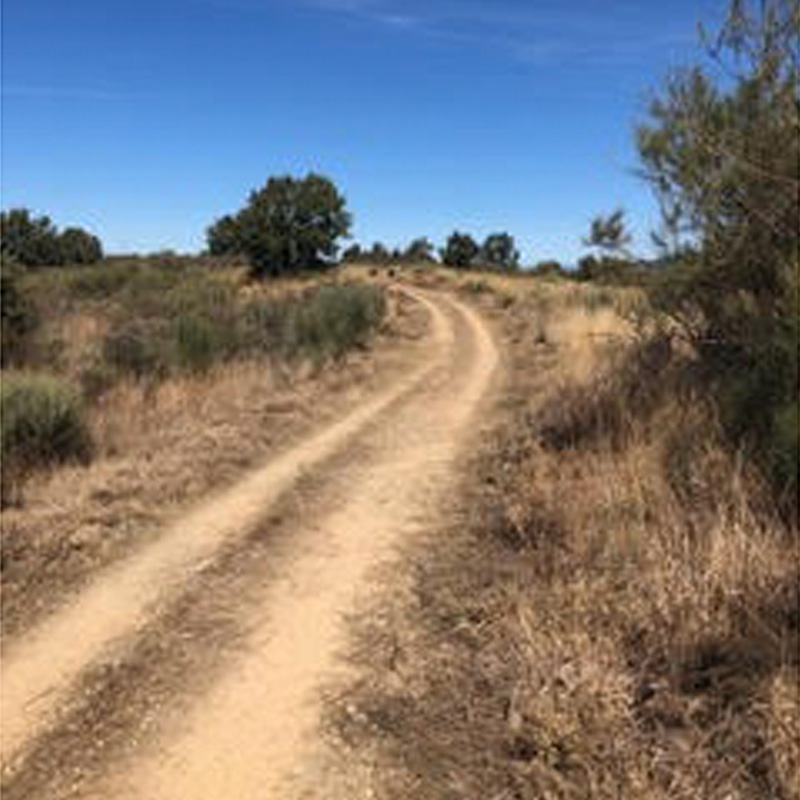Sacred Holy Week Days
Holy Week begins on Palm Sunday, March 24, 2024, and is a sacred time to remember Jesus’ way to the cross. This week is full of opportunities for solemn reflection and prayer in our private lives, but especially as a community in the spiritually rich traditions and beautiful Church services offered during this holy week leading to Easter.
Palm Sunday
Entrance into Jerusalem: Holy Week begins with Palm Sunday when Jesus triumphantly entered Jerusalem. Jesus rode a donkey symbolizing peace in contrast to a horse symbolizing battle. Palm branches were waved and laid before Jesus as a symbol of triumph, peace, and eternal life. Originating in the ancient Near East and Mediterranean world, the palm (Phoenix) was sacred in Mesopotamian religions, and in ancient Egypt
represented immortality.
Holy Wednesday
Tenebrae: Holy Wednesday is often marked with a service of Tenebrae (Latin for ‘darkness’ or ‘shadows’), with the hearing of appropriate psalms and other readings while candles are gradually extinguished, creating the sense of growing darkness.
The Easter Triduum
The Paschal Triduum, Easter Triduum, Holy Triduum, or the Three Days, is the period of three days that begins with the liturgy on the evening of Maundy Thursday, reaches its high point in the Easter Vigil, and closes with evening prayer on Easter Sunday.
Maundy Thursday
The Last Supper: Maundy Thursday remembers the Last Supper, when Jesus gave his disciples bread and wine establishing the Eucharist, and washed their feet. The term “Maundy” comes from the Latin word ‘mandatum’ — meaning command — and references Jesus’ words to the disciples: “A new commandment I give to you, that you love one another: just as I have loved you, you also are to love one another.”
Good Friday
Agony of the cross: Good Friday commemorates Jesus’ trial before Pontius Pilate, his sentence of death, his torture, crucifixion and burial. The Stations or Way of the Cross, are retraced commemorating the walking of the Via Dolorosa, the path in Jerusalem believed to be taken by Jesus between his condemnation by Pontius Pilate and his crucifixion and ending with his burial. The use of the word ‘Good’ originates from the 1200’s with various meanings. The most commonly accepted use is to represent ‘pious’ or ‘holy’. The Oxford Dictionary states that ‘Good’; in this context refers to ‘;a day or season observed as holy by the church’, hence the greeting ‘good tide’; at Christmas or on Shrove Tuesday.
Holy Saturday
Visiting the tomb: The Triduum of Holy Week concludes with Holy Saturday remembering Jesus’ female disciples holding a vigil for him outside the tomb. Back in the second century CE, Christians fasted between nightfall on Good Friday and dawn on Easter Sunday, in the spirit of the first followers. By the fourth century, the time of the vigil started on Saturday at dusk, which is when Holy Saturday services usually begin these days. The service focuses on a transition from darkness to light, and the Paschal Candle is lit on Sunday to represent the new light that Jesus brought into the world.
Easter Sunday
The resurrection of Christ: Easter, also called Pascha or Resurrection Sunday, is a Christian festival and cultural holiday commemorating the resurrection of Jesus from the dead, described in the New Testament as having occurred on the third day of his burial following his crucifixion by the Romans at Calvary c. 30 AD.





